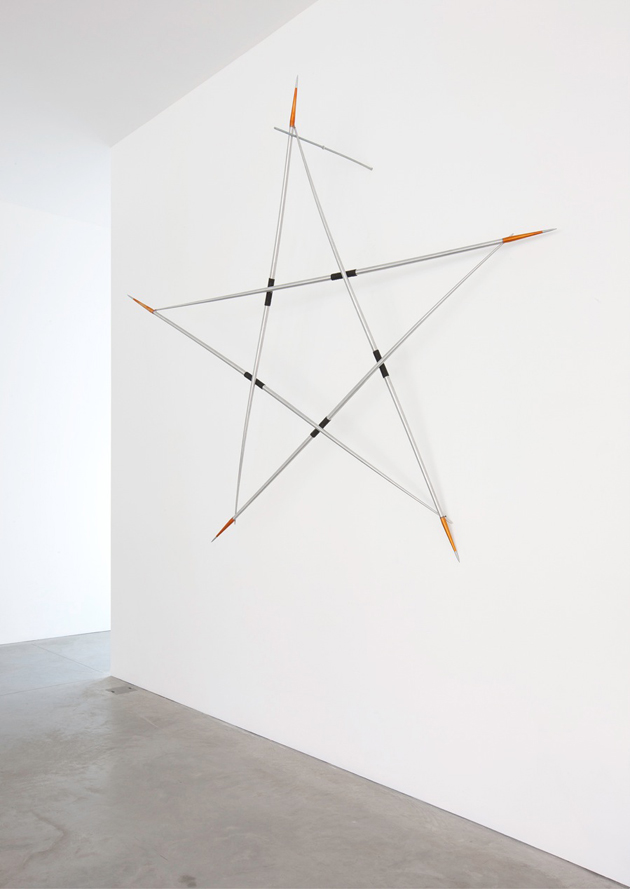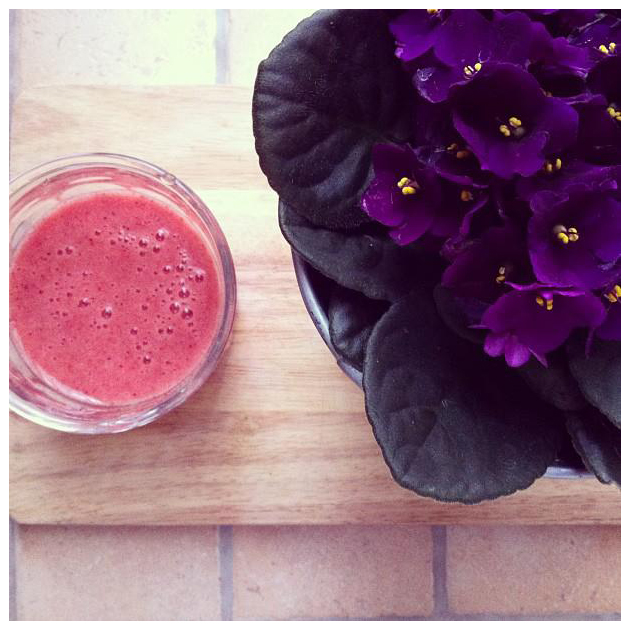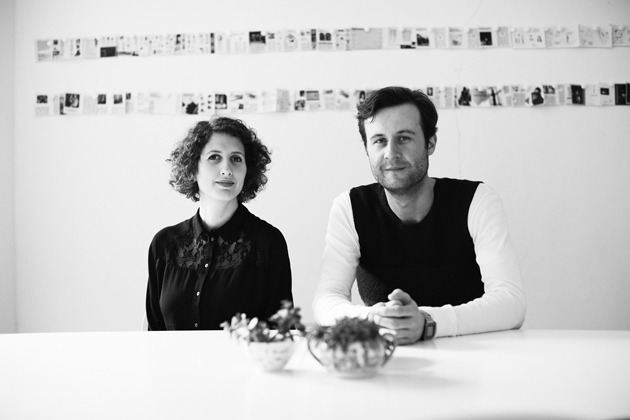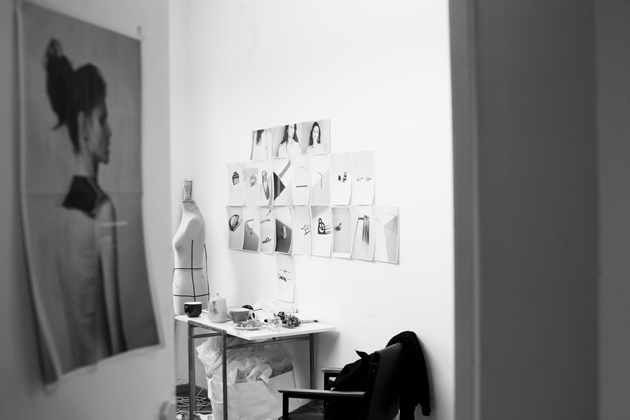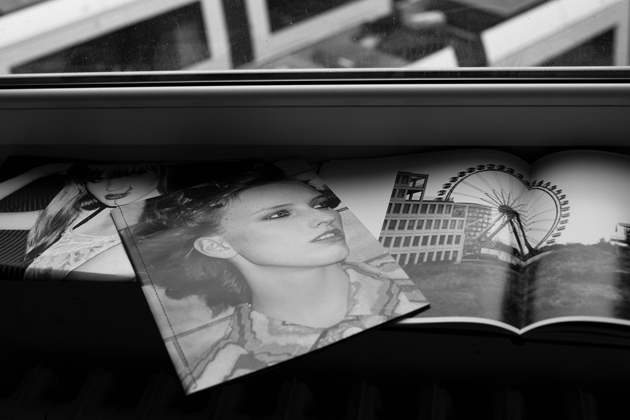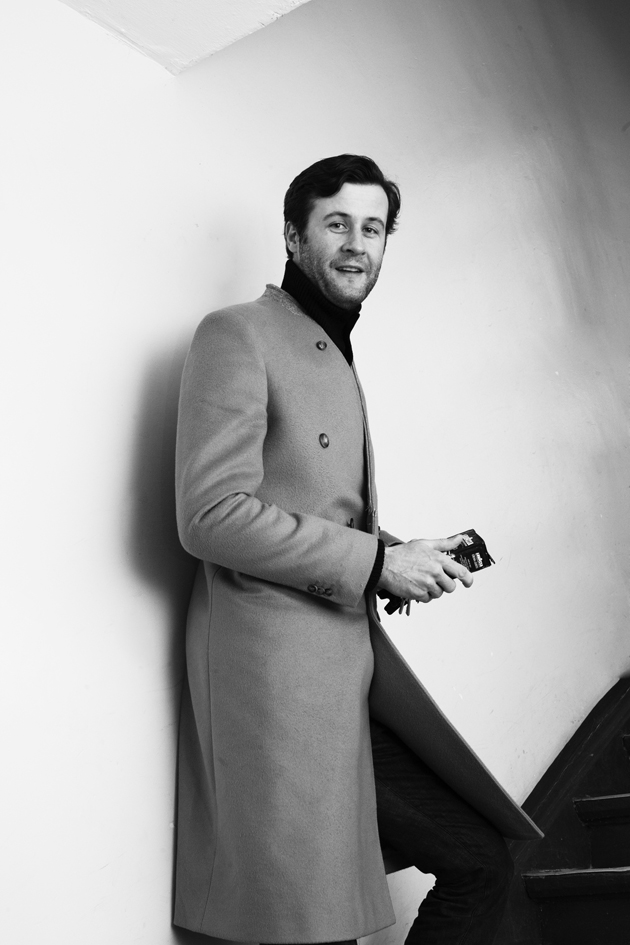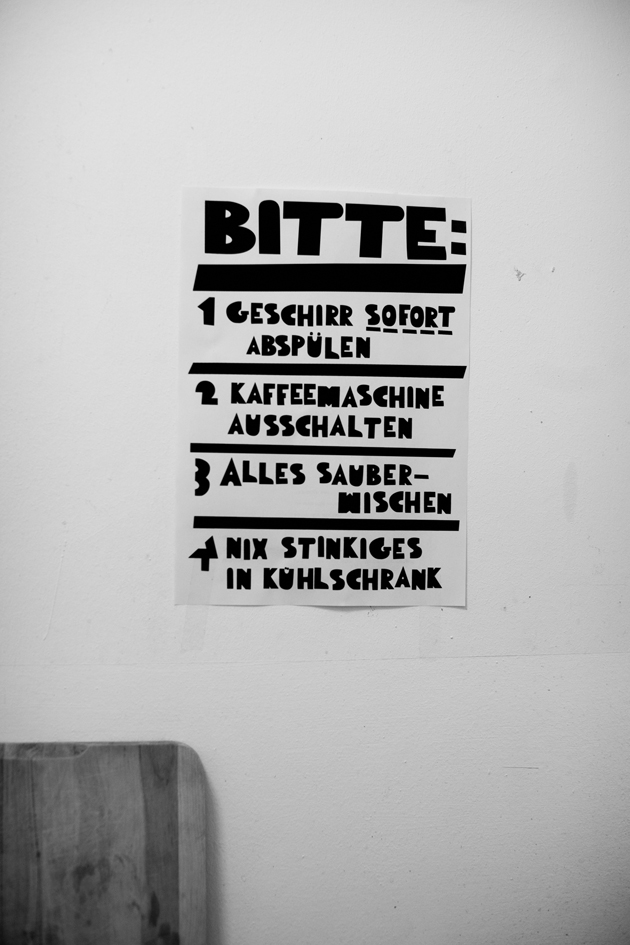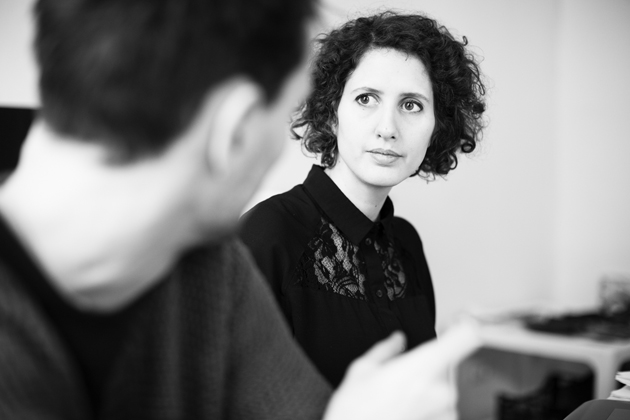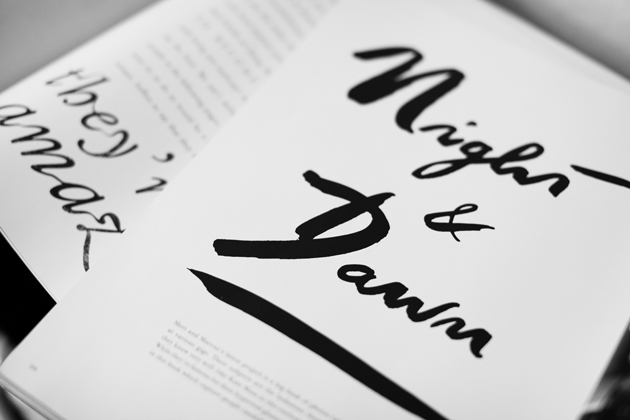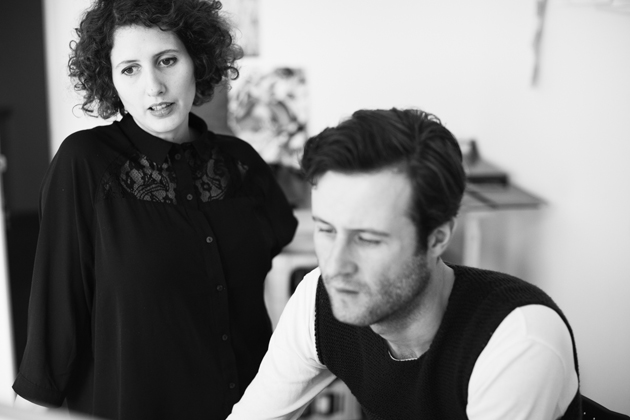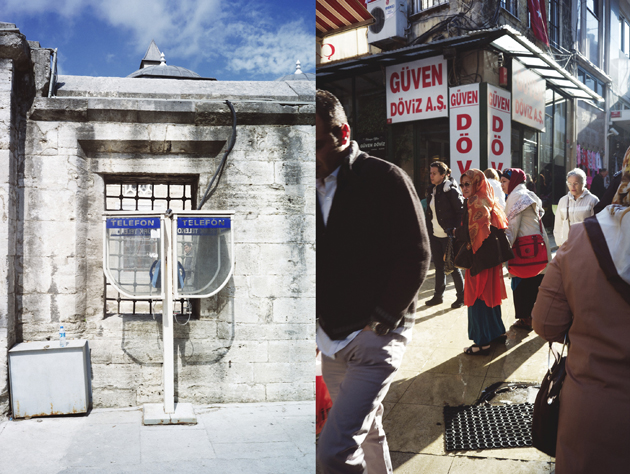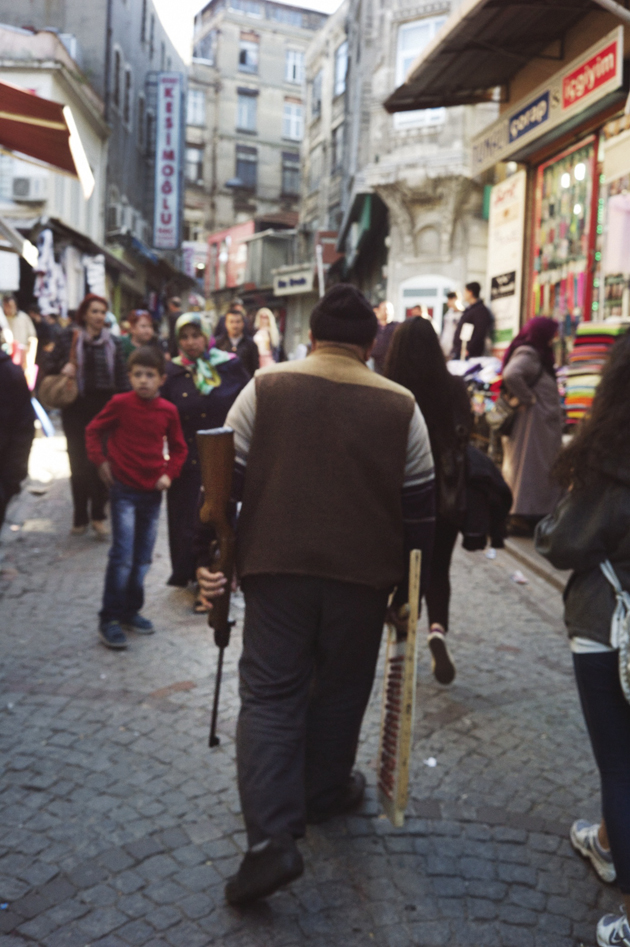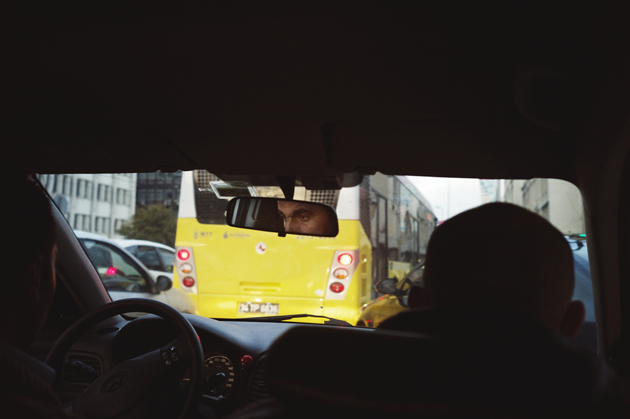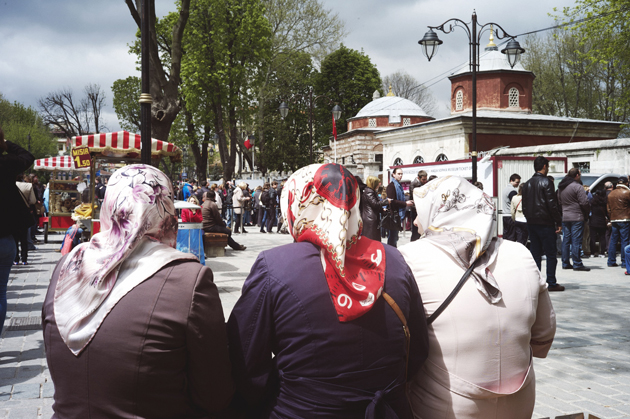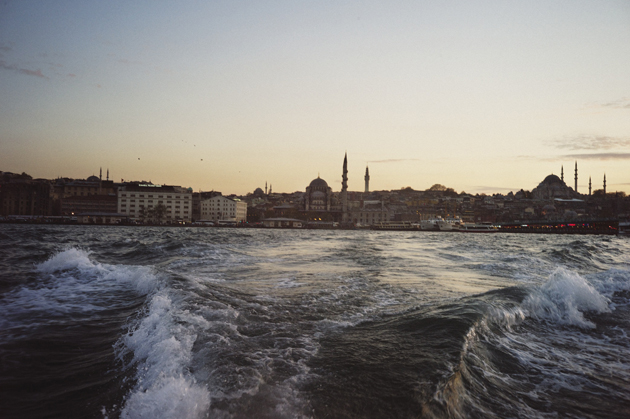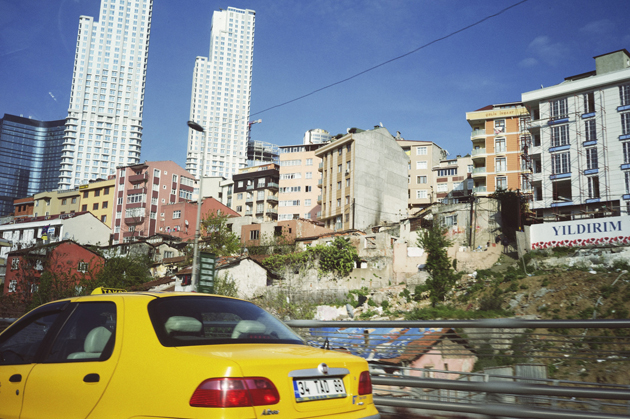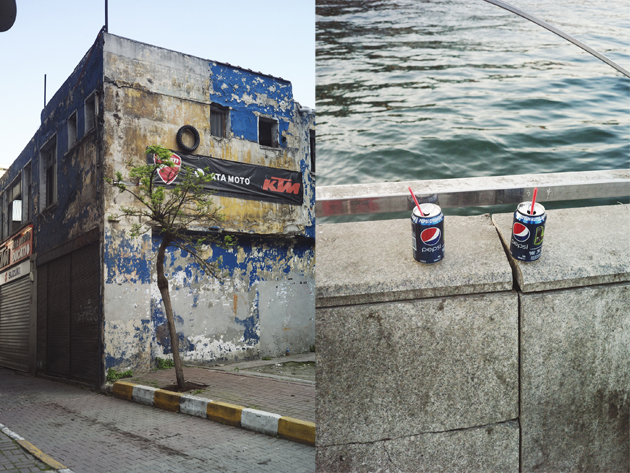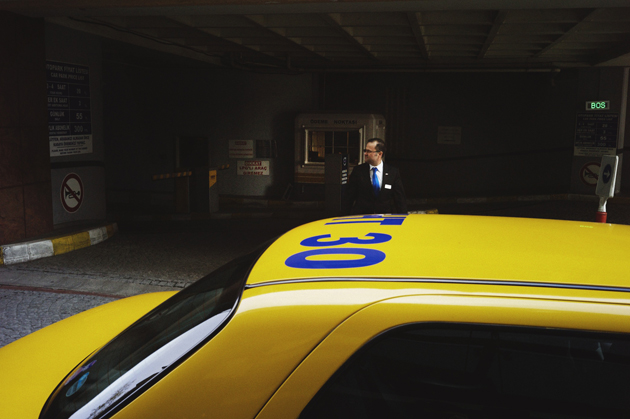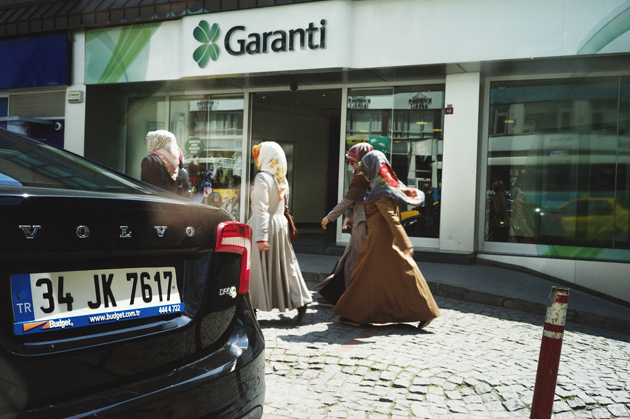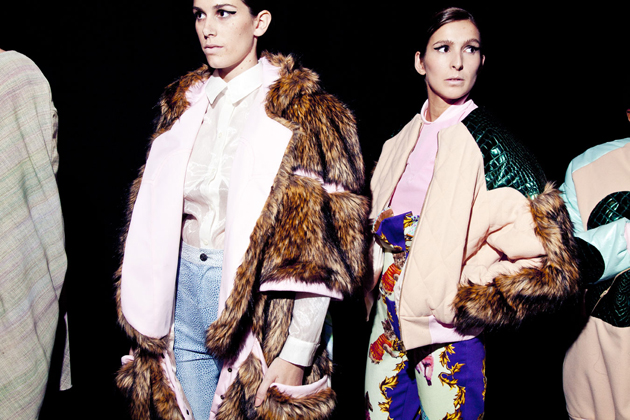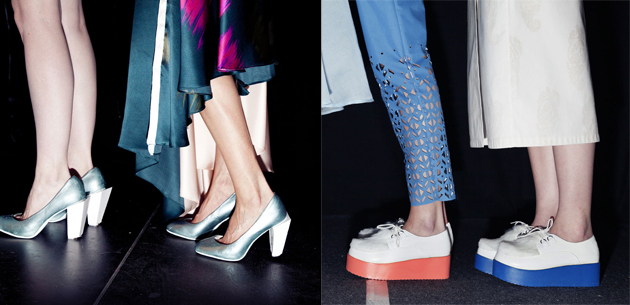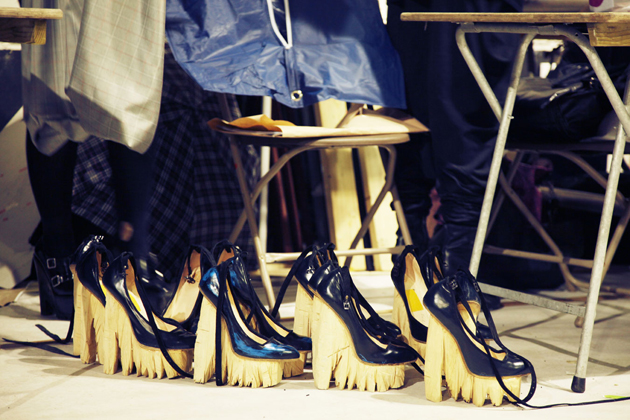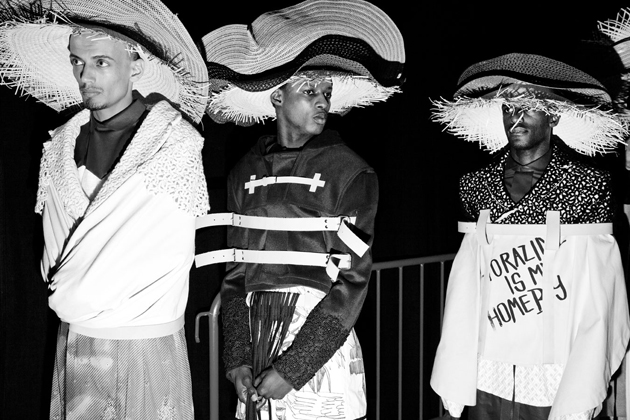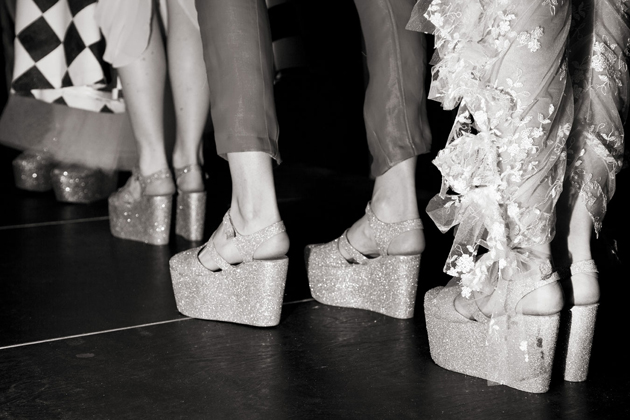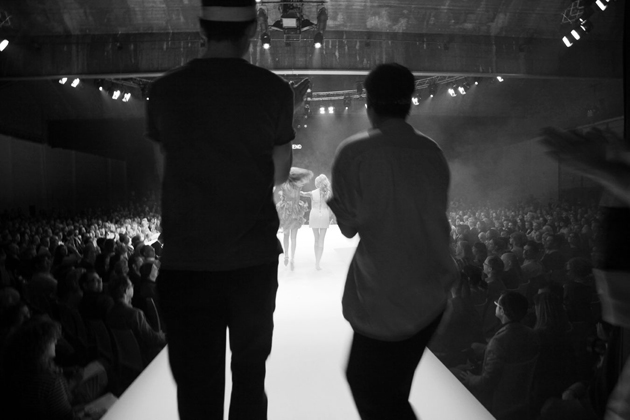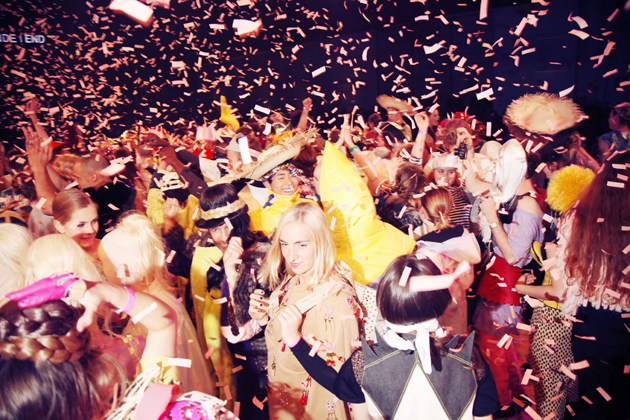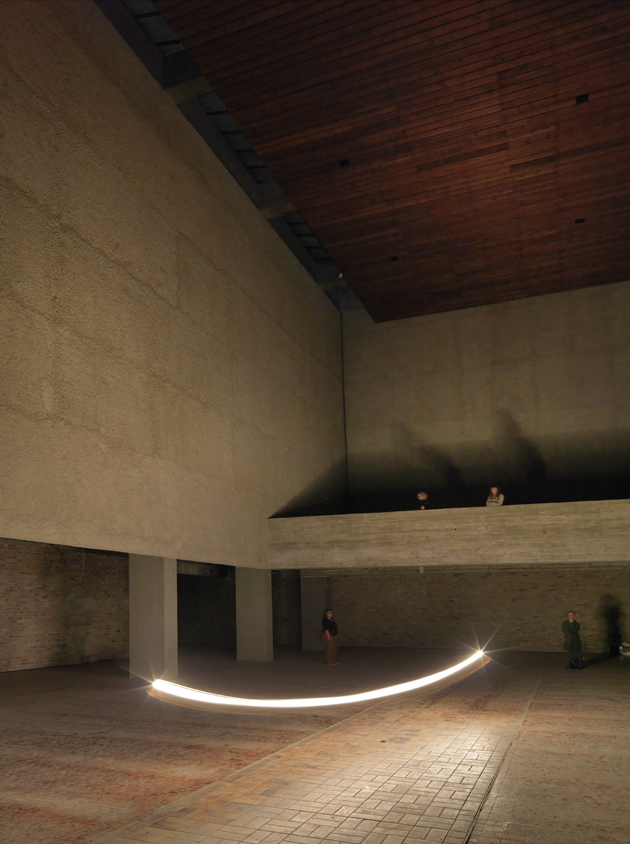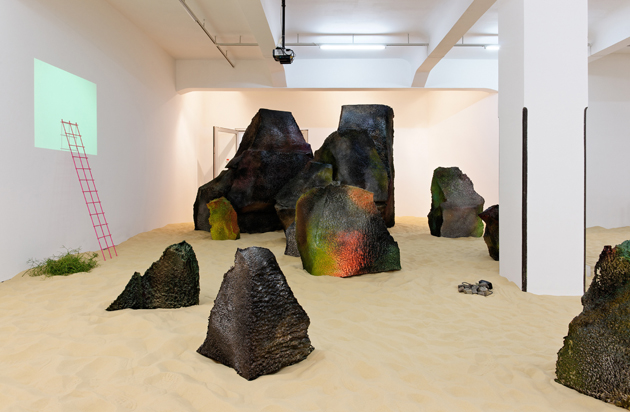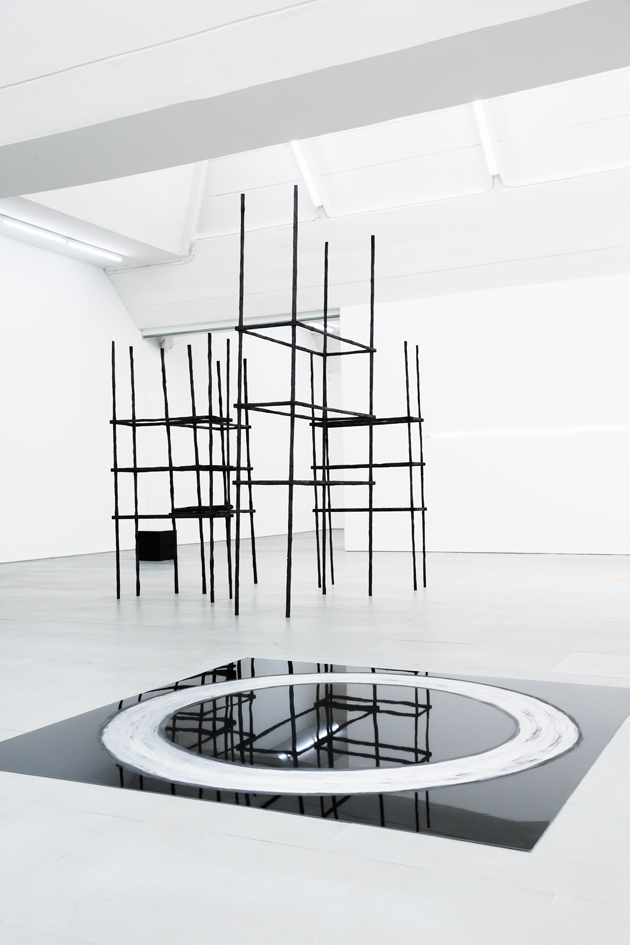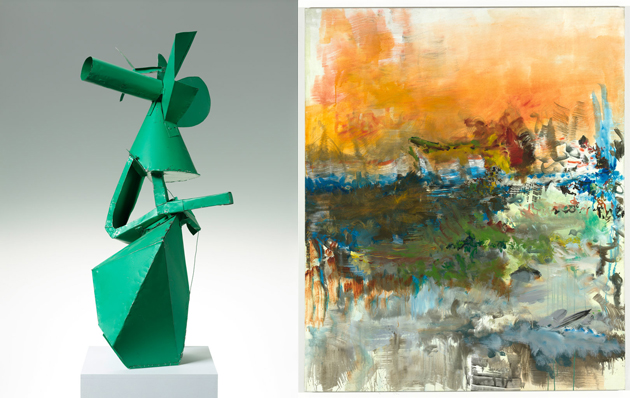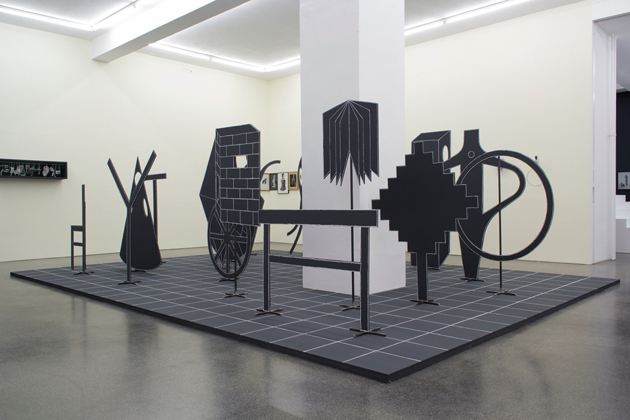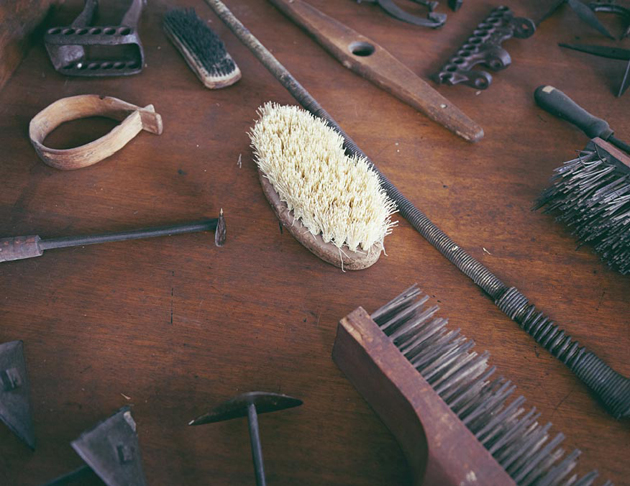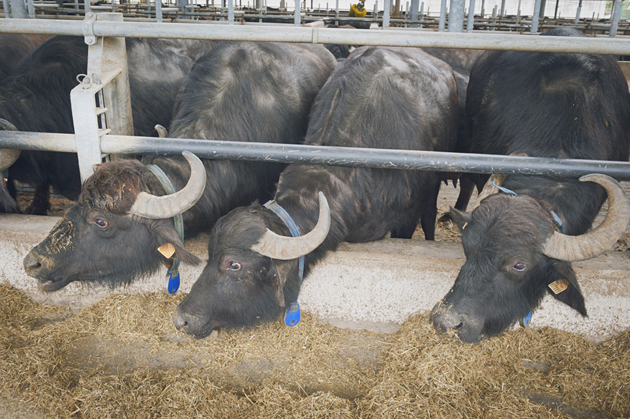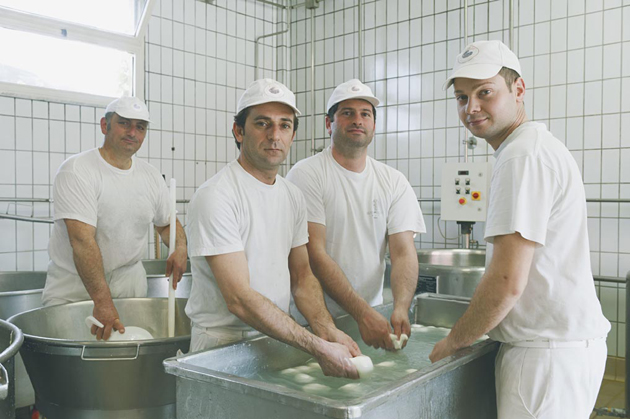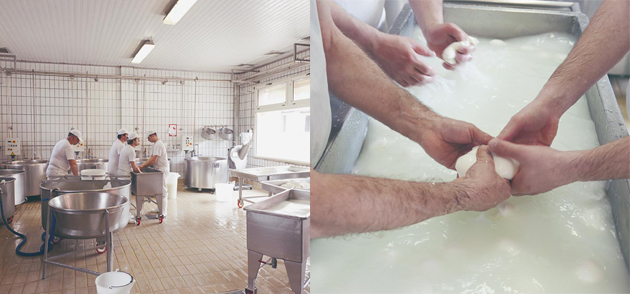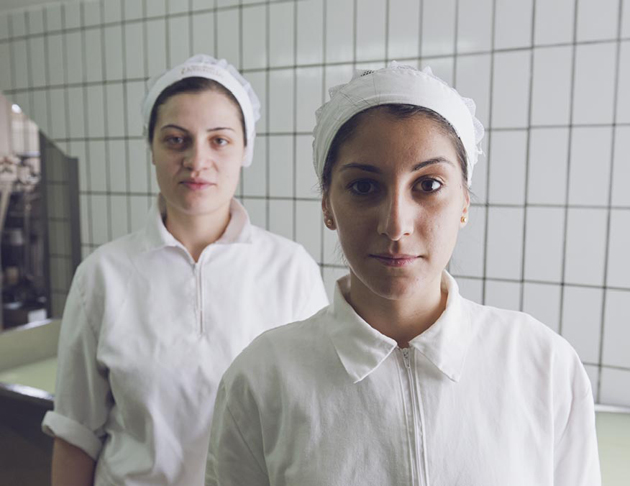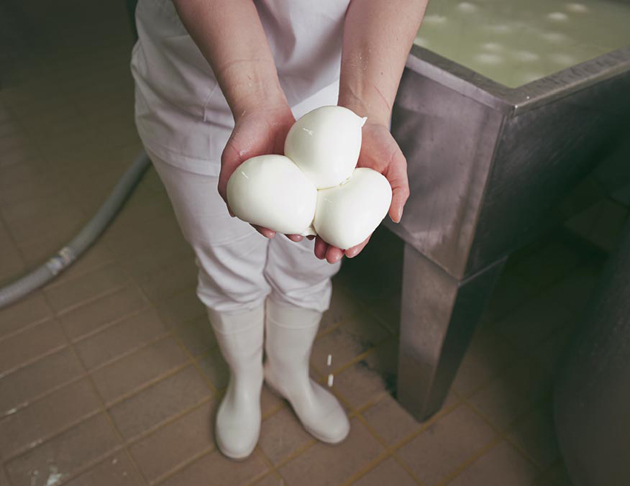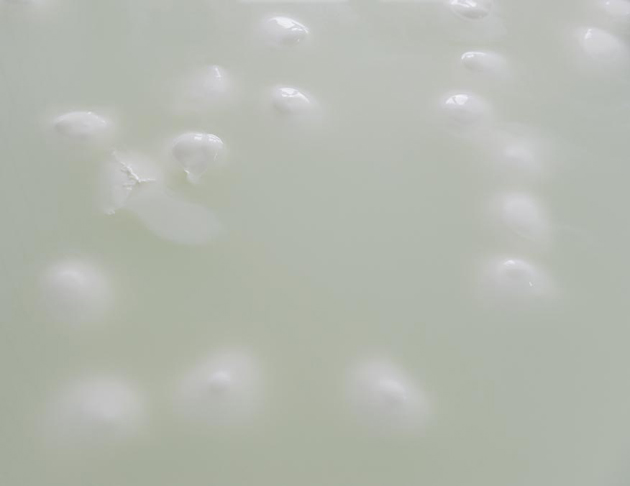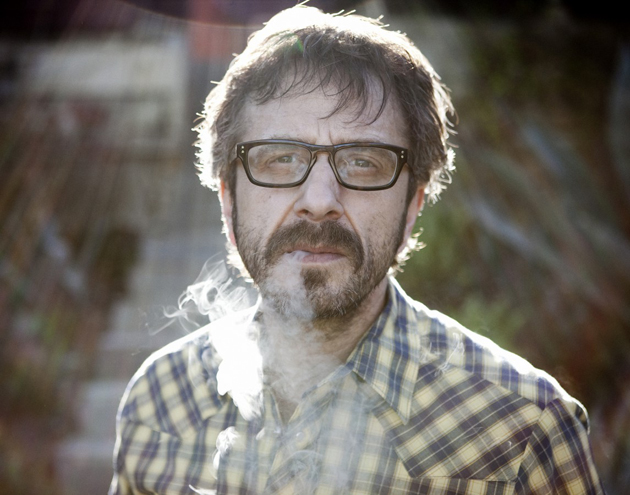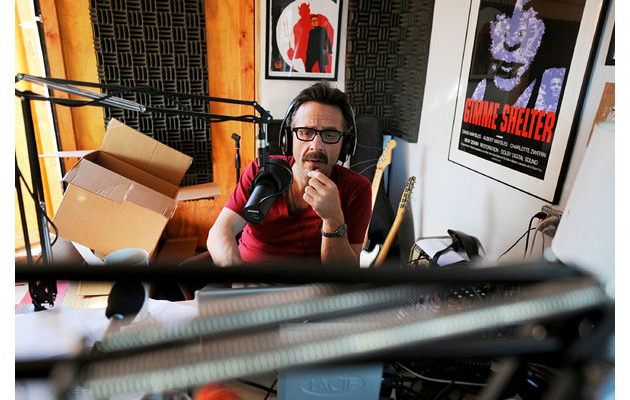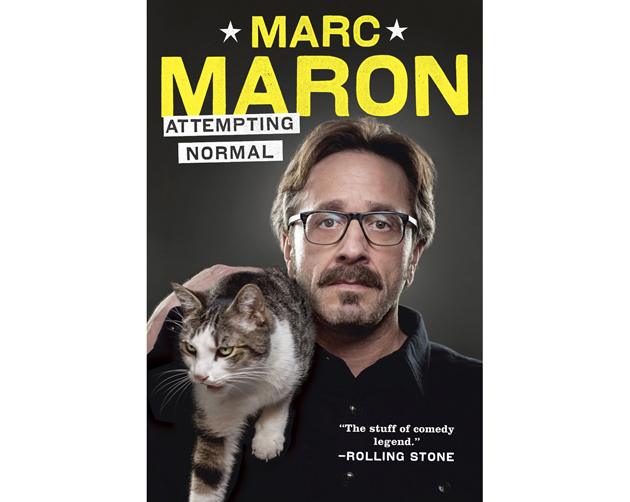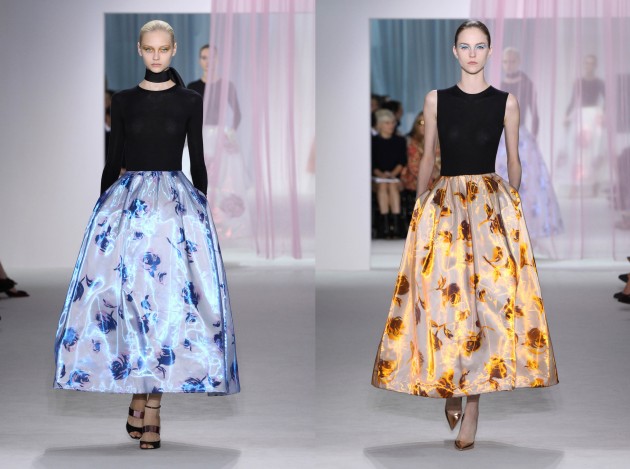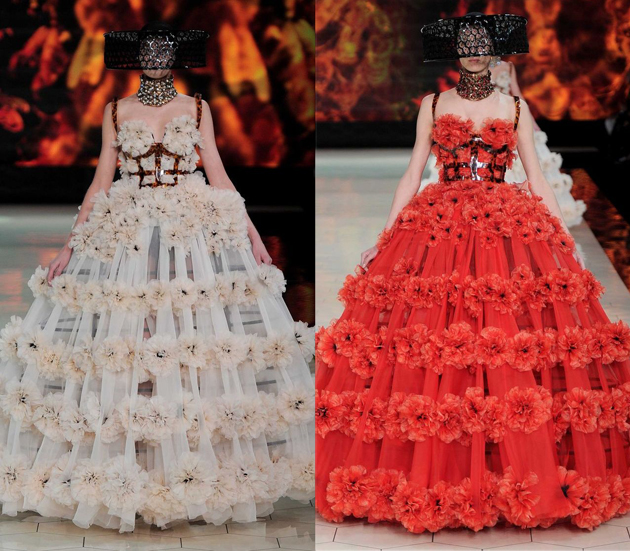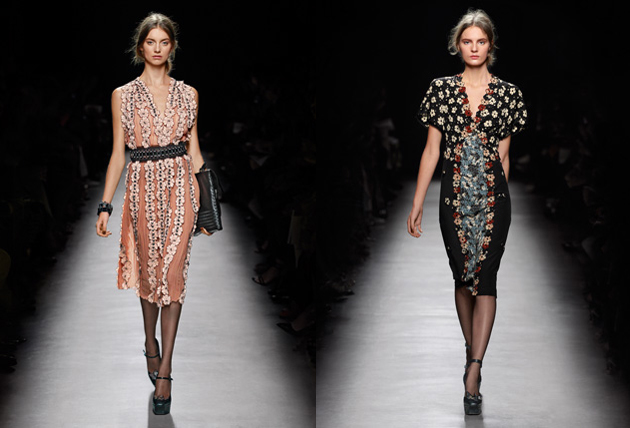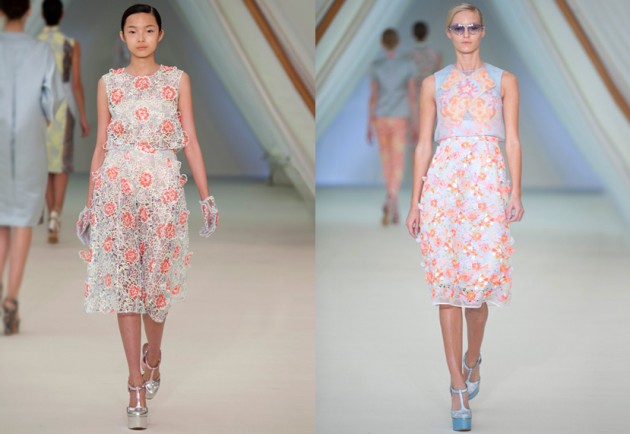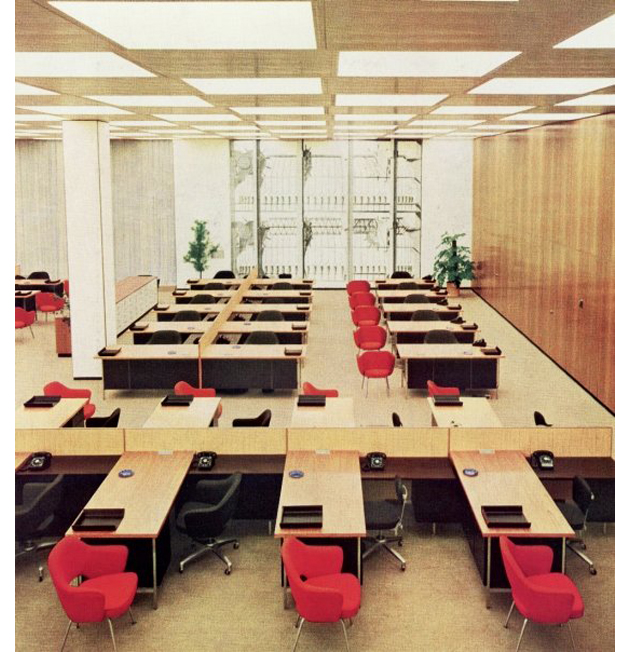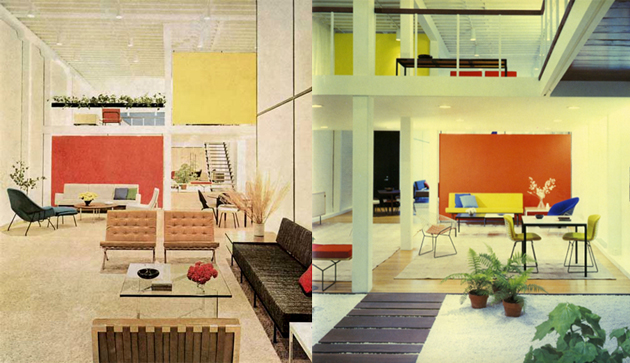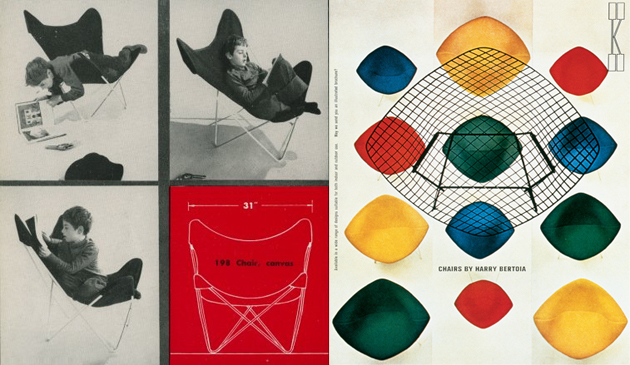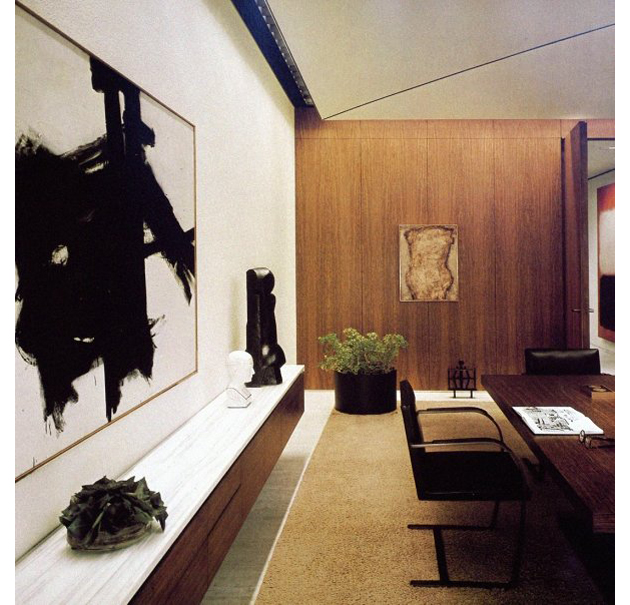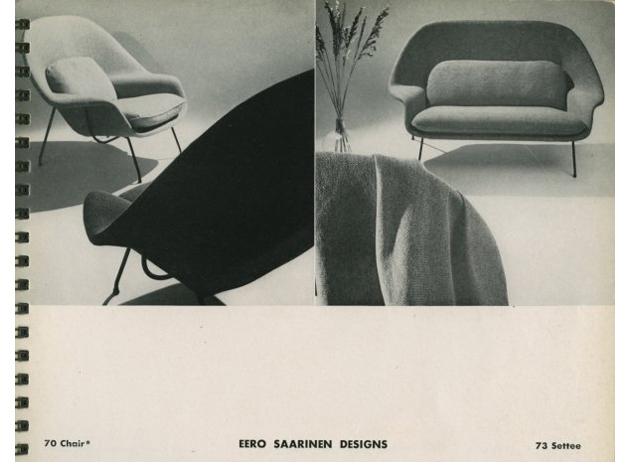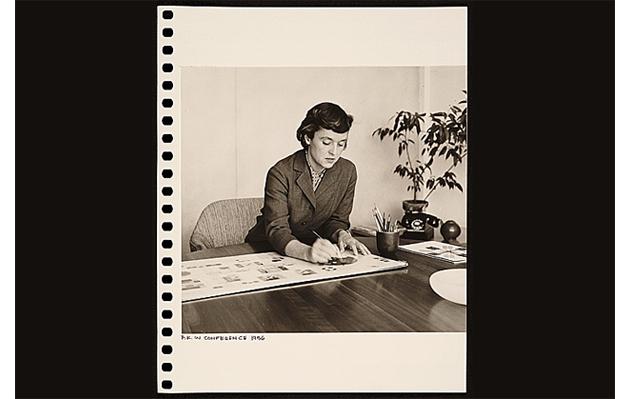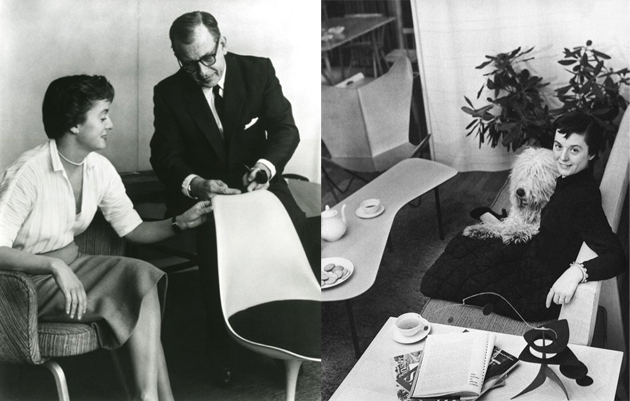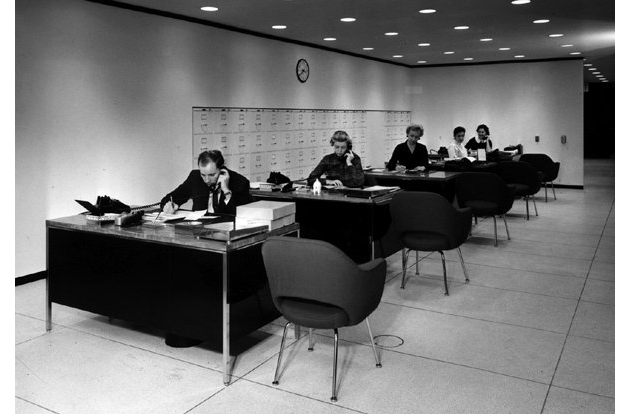The three floors of the amazing 2000 sqm white cube building of Lia Rumma’s gallery in Milano hosts the solo show by the master Gilberto Zorio (b. 1944, Andorno Micca, Biella, Italy). The renowned member of “Arte Povera” (Poor art) – the Italian movement of the mid 60s that involves ‘poor’ techniques, supports and materials such as rags, iron, plastic and natural elements to create artistic systems –, shows, in this unique venue, some of his most recurring themes. The exhibition starts at the ground floor of the gallery which presents Torre Stella (Star Tower): the five-pointed star, one of the artist’s most frequently represented archetype, which is depicted here through an imposing installation made of blocks of gasbeton that plays with the alternation of light and darkness.
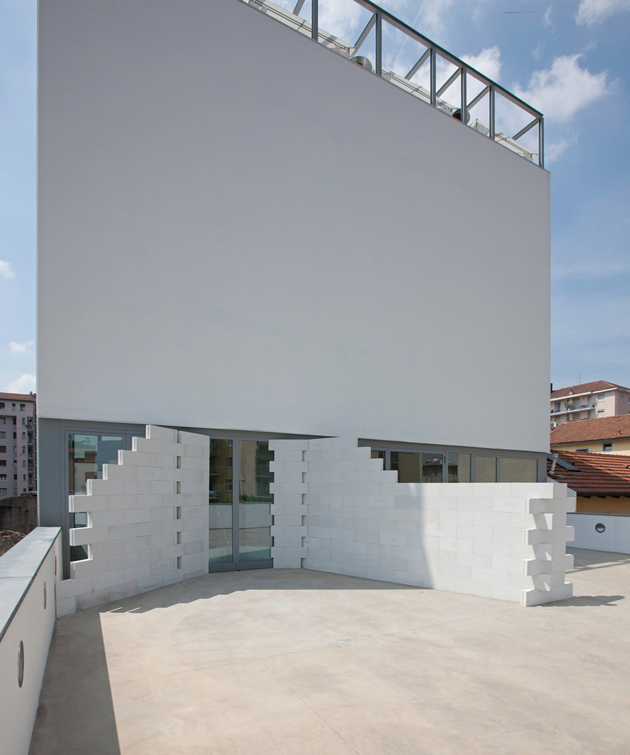
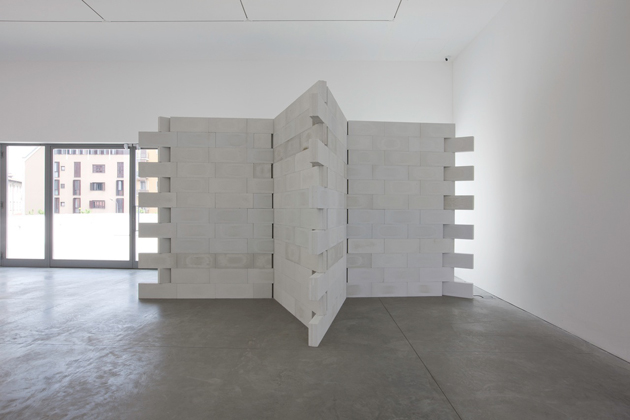
Within the room the sculpture interacts with another impressive star-shaped structure created through the use of tubes, whose legs are immersed in two vessels containing odd yellow and blue liquids. Suddenly the light switches off and the silence turns into a noise that recalls the sound of an angle grinder or a compressor in a construction site or a foundry. From the dark of the ground floor we get to the first floor where, beside a gasbeton construction spreading to the terrace, we find again a star made of tubes that seem spears, and cables anchored to cement bricks enlighted through industrial light bulbs. The second floor closes the show with two hanging installations made of wire ropes welded to the walls thanks to a complex system of snap-hooks.
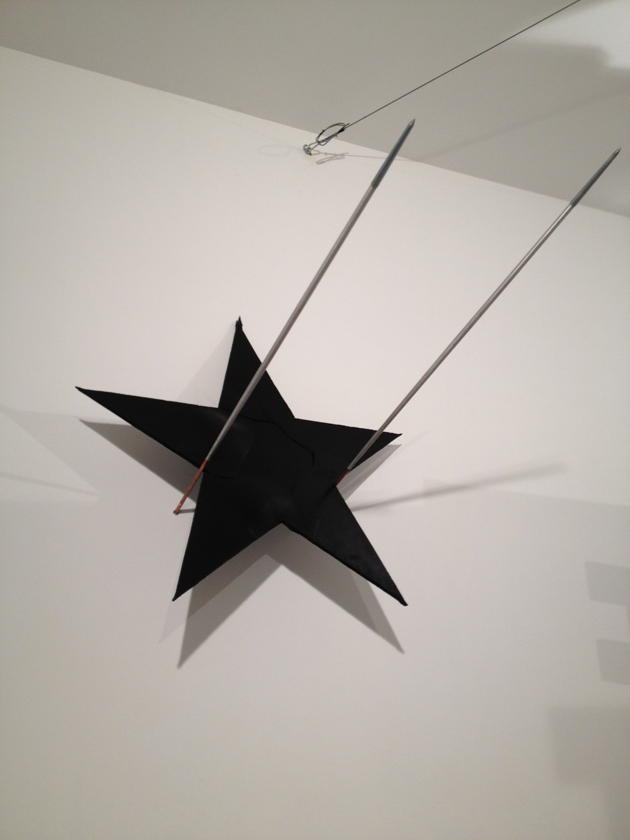
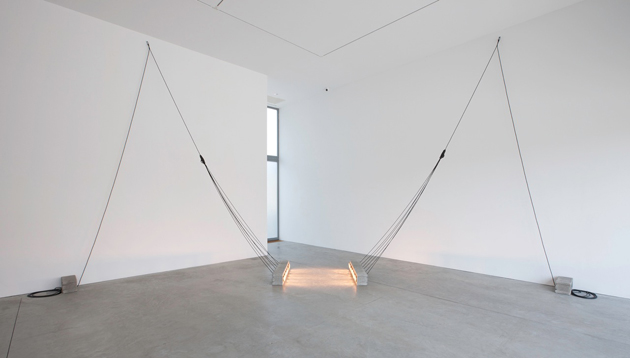
The artist’s poetry, moving from a conceptual and trial art, focuses on chemical reactions and alchemic research, always taking care of the symbolic value of the matter, its transformations and the exchange of energy in its different forms. Minerals and metals, tubes and stills, containers made of borosilicate glass (commonly known as Pirex) and crucibles are all essential components of Zorio’s universe since his early beginning. These symbols of unknown and immeasurable, with their hidden and magic meaning are accompanied, also this time, with luminescence, shocks, white-hot sparks that radiate the environment, trespassing the rooms and invading the external spaces, modifying the viewers’ perception. As it always happens with Zorio’s work, the show is a philosophical and sensory experience that examines the mental and material boundary lines: an opportunity, which must not be missed.
